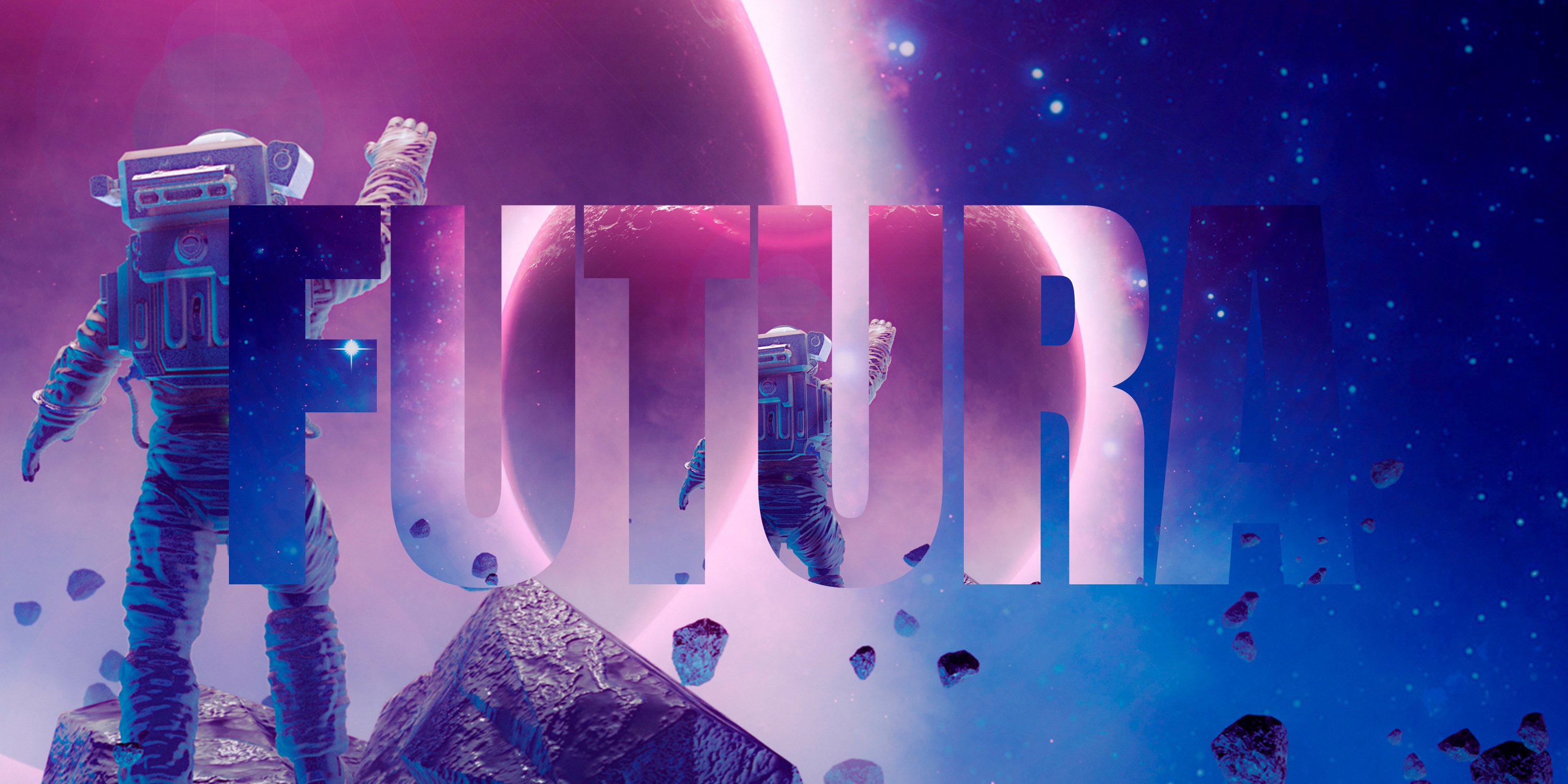
If you're searching for an alternative typeface that retains the mechanical beauty of Futura but with a little extra warmth, Proxima Nova could be the one. With a wide range of weights and styles available, Proxima Nova can cater to almost any typographic requirement. It has the same geometric backbone as Futura, but with some softened features and a slightly larger x-height that boost its readability. Proxima Nova, designed by Mark Simonson, can be seen as a bridge between the geometric simplicity of Futura and the more humanist style of classic sans-serifs. Avenir is a close match to Futura in terms of design principles, offering a subtly different yet equally versatile typeface. It presents an array of weights and styles, and its highly legible characters make it an attractive alternative for both display and body text. While the underlying structures of Avenir are rooted in simple geometric forms like Futura, the font has a warmer, friendlier feel. Here's a list of alternative typefaces to the geometric powerhouse, Futura: AvenirĬreated by Adrian Frutiger, Avenir is a typeface that beautifully marries the distinctive geometric style of Futura with a touch of organic humanism.

Nowadays there are a few fonts out there that offer a level of professionalism and functionality alike Futura, but with a slightly different flavour. It's often labelled as an "overused" typeface that people reluctantly resort to in the absence of better options. The diverse range of styles and weights within the Futura family, like Futura Light or Futura Condensed, further highlights its versatility and contemporary appeal.ĭespite its strengths, Futura can sometimes be overlooked by designers and clients seeking a more traditional aesthetic. Nonetheless, Futura is an exceptionally well-crafted font, offering legibility, modern sophistication, and unparalleled functionality. Its frequent use inevitably led to certain misconceptions about it, with some feeling that it was overused and lacked personality.

However, its wide usage was not driven by overzealous adoption or favouritism, but rather by its undeniably innovative design.įutura was simply the font that broke the mould, and thus people started using it. Crafted by the Bauer Type Foundry, this geometric sans-serif typeface was anything but "bland".įutura, with its radical departure from traditional design norms, quickly became a benchmark for modernist, geometric aesthetics in typography. Emerging in 1927 from the visionary mind of designer Paul Renner was Futura, a font that would change the trajectory of typography.


 0 kommentar(er)
0 kommentar(er)
